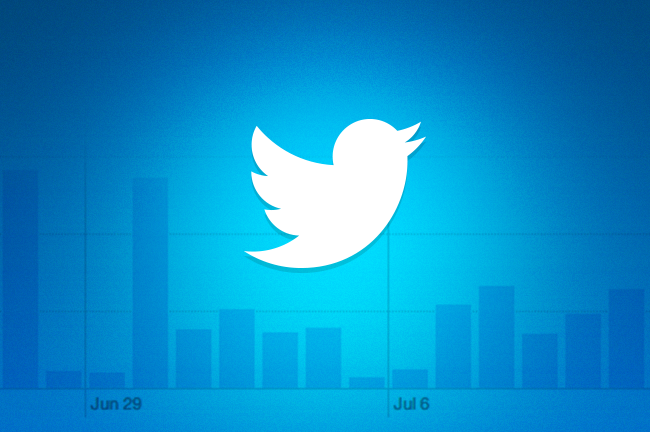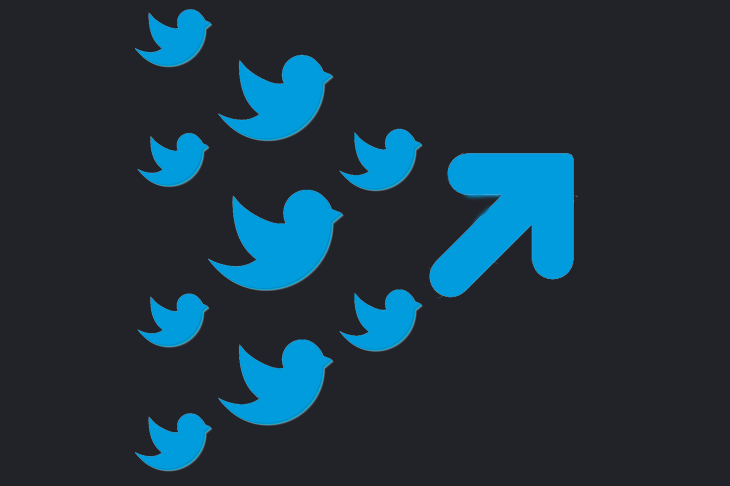
Get weekly
HubSpot updates
Here are some tips to help you boost your following whilst creating a better engaged audience in the process:
You aren’t listening to your audience and providing them with what they want
Sometimes it's easy to get carried away with promotion — telling your audience why you think you are so great and why they should love your brand — but often the best way to engage with an audience is to connect with them on a deeper level first. If your feed is just full of posts about your product or yourself, unless people are already brand supporters they are unlikely to follow. You need to post a blend of insightful and entertaining posts — posts that mirror your brand personality and then posts that sell your product.Find out more about them. What makes them tick, what they find funny, what they find useful, and then find a way to provide some of this information to them in your own way.
A great way to do this is to just take some time to look at what they are posting. Social listening tools can help you to highlight topics that keep coming up, allowing you to quickly compile a list of topics to post about and content to create. The more relatable you are to your audience the more likely they will hit the follow button in return.
You don’t use hashtags correctly
A hashtag is a keyword phrase which is used to join conversations or to tie certain streams of conversation together so that they can be easily found and identified. This means that two people on the other side of the world with a shared interest can easily be connected, and this also means that brands with a particular offering can connect with their audience via shared interests and shared hashtags.
This makes it easy for people to find relevant content they want to consume. According to research by Trackmaven, the ideal number of hashtags that causes the largest amount of engagement per post on Twitter is 1-2, so with this in mind, selecting the correct hashtags is important to connect with new segments of your audience.
Missguided use hashtags to divide up their different categories — #missguidedIRL and #missguidedbeauty being two examples — making it easy to search for posts relating to either Missguided Ireland or their beauty category.
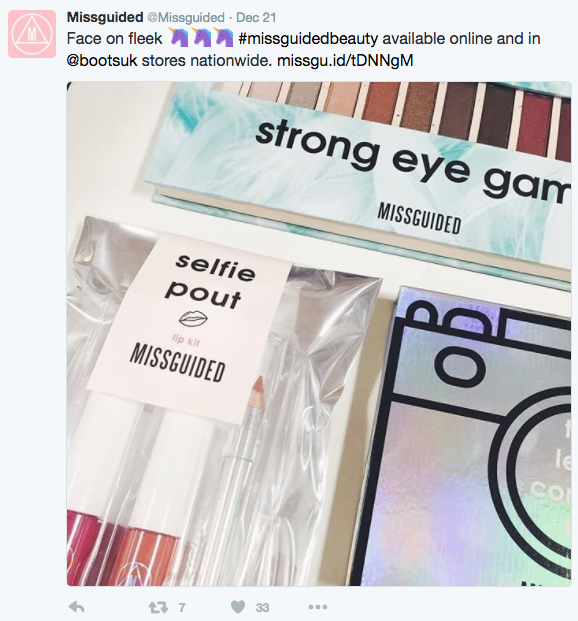
Your profile isn't optimised correctly
If your customers happen to be using Twitter to search for a specific service in their area then being able to search for your profile is crucial. You only have 160 characters to play with in which to mention your main offering whilst getting across the brand personality. Always add a URL for your business in the bio and the main hashtags if they are relevant.
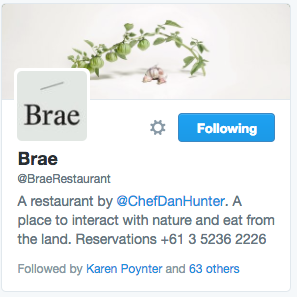
A great example is Brae Restaurant which includes a link to the head chef’s Twitter account, a description of the type of restaurant it is, and a call-to-action to be able to book. Including a location would have just slightly improved this bio, however having only 160 characters to play with does limit your options.
You don’t share any content, you only post it
As well as creating engaging posts you must not neglect sharing interesting and relevant content from trusted sources that your audience will find interesting or entertaining.
To be worth following you need to be an active participant in conversations rather than just a silent watcher. Whilst it is important to share your own personal and original content, often the most successful accounts become a filter for relevant content that their audience will love and relate to, so this is a great way to win a follower round.
The other benefit of sharing content from those who have influence in your industry is that if they retweet your post you can then reach more people who may be interested in your offering, and so this opens up another possibility for a follow.
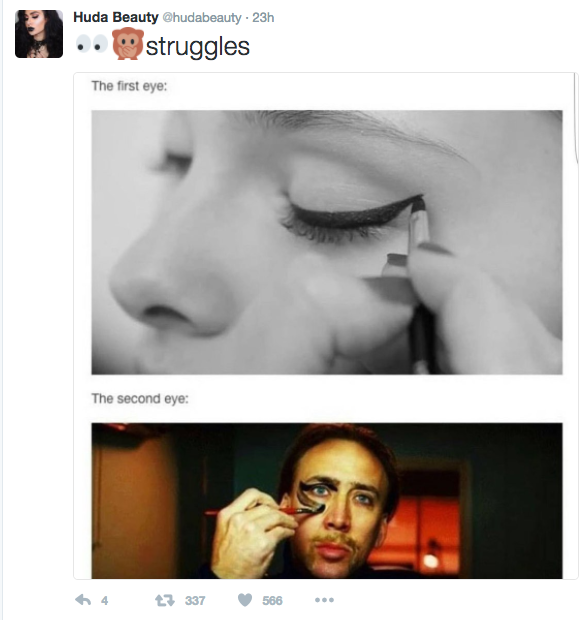
A great example is Huda Beauty who has made a living from retweeting (and reposting on Instagram) makeup looks and tutorials from other like minded beauticians. This grew her such a huge following that she was able to launch her own makeup line earlier this year.
If you want to find out more about achieving success with your social media efforts, why not check out our Social Media Prospecting Workbook? To access the guide, follow the link below.

